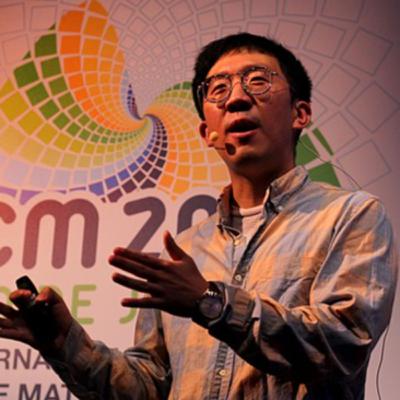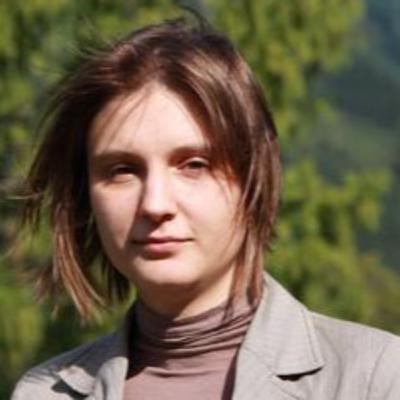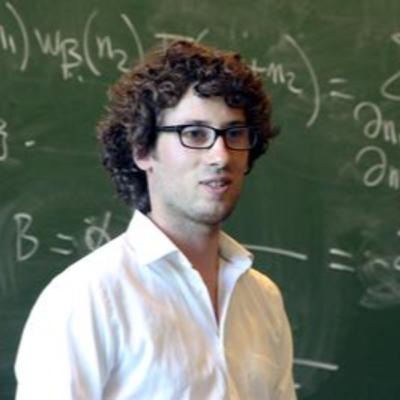
Million Dollar Problems of Mathematics: Complex Theories Simplified
Author: TheTuringApp.Com
Subscribed: 3Played: 79Description
A show about seven of the most tantalizing mysteries in mathematics. Recognized by the Clay Institute as the Millennium Prize Problems, these are the greatest mathematical challenges of the 21st century.
Seven unsolved problems, each holding the potential to rewrite reality as we know it. Solve one, and you claim a million dollars. These are not mere equations; they are puzzles that hold the keys to the future.
From predicting the chaos of weather to decoding the deepest structures of reality, this show takes you on a treasure hunt—a battle of wits against the unknown. We’ll meet the rebels and visionaries who dare to dream of solutions and explore the mind-bending implications of their breakthroughs.
Join us as we unravel the enigmas behind these problems, stripping away the dense technical layers to reveal the elegant, breathtaking beauty of mathematics
Don't want to wait for episodes to come? Listen to all episodes together at https://theturingapp.com/
Hosted on Acast. See acast.com/privacy for more information.









